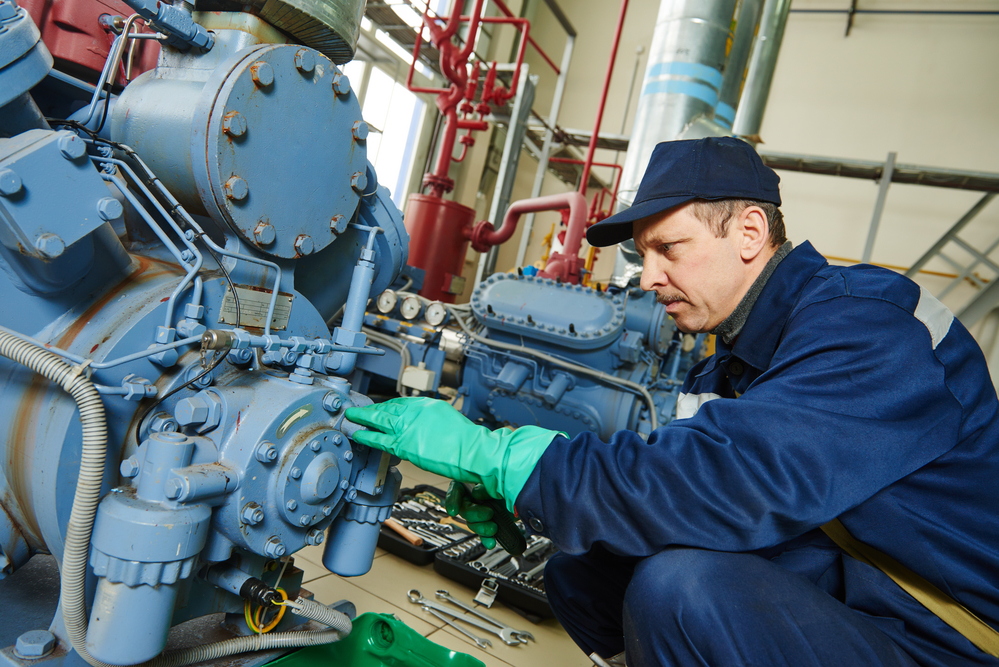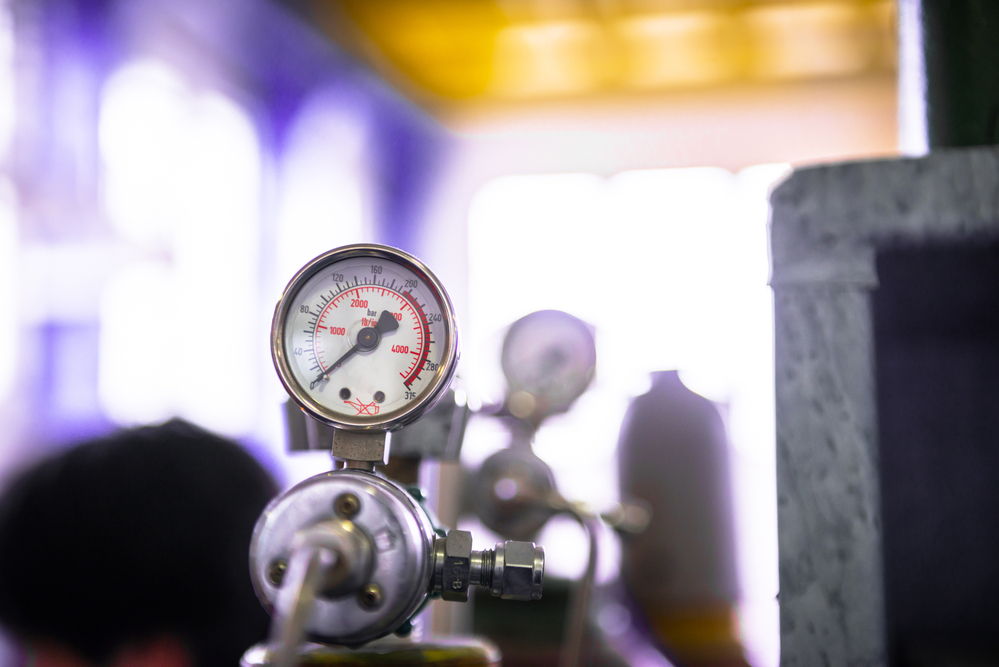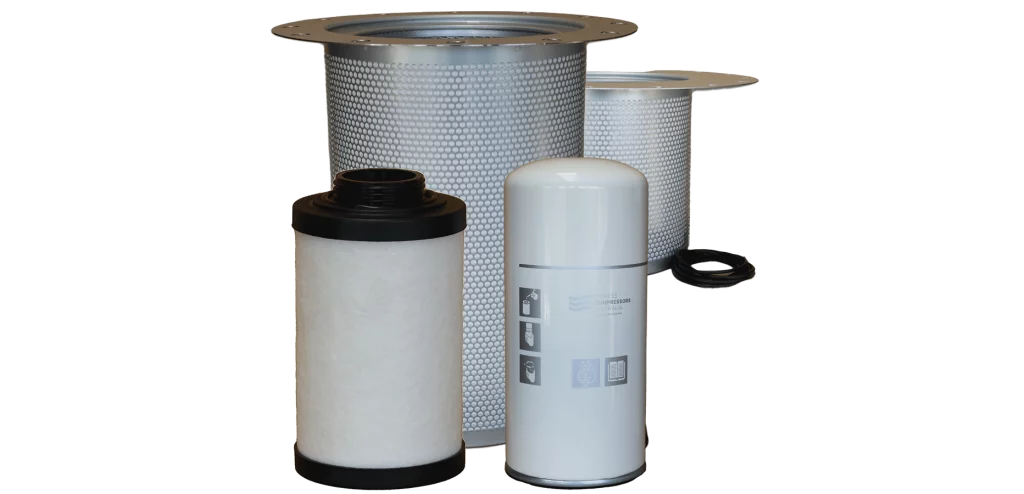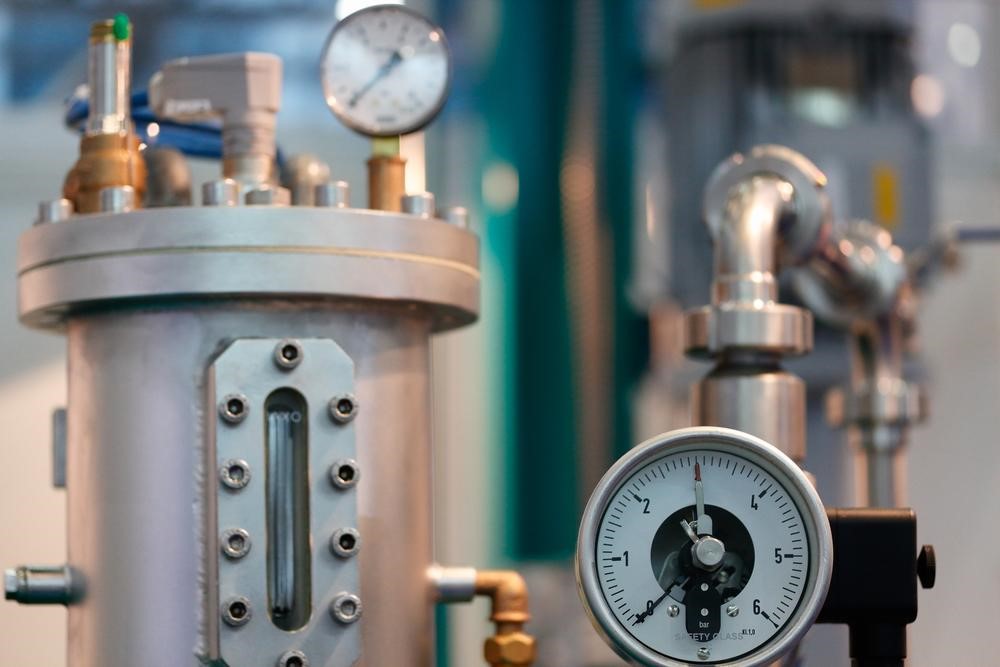Air compressors are some of the most versatile equipment we have today. Compressors are used in HVAC systems, paint shops, pneumatic nail guns, and a host of industrial applications. They come in a wide range of sizes, performance specs, and use-case designs. But even so, they are all fundamentally the same and built on universal principles.
An air compressor’s purpose is to supply pressurised gas or air either for storage or immediate use. The main components of an air compressor include a driver (usually an AC motor) that delivers the compression power, pressure pump, buffer or storage tank, inlet and outlet plumbing, and controls. The controls monitor various parameters on the compressor and provide an interface for adjusting or calibrating operational variables. One of the essential controls is an air compressor pressure switch.
What is an Air Compressor Pressure Switch?
This is a critical component designed to automatically switch the driver ON and OFF during operation to maintain steady air pressure at the output. It is a mechanical pressure-actuated electrical switch. The switch is triggered ON when the output pressure falls to a certain threshold and OFF when the pressure reaches a pre-defined value.
The ON/OFF action of the switch starts and stops the driver, and subsequently, the pressure pump. The reason for having an adaptive switching mechanism is to ensure that the compressor operates within safe limits, and the output pressure remains relevant and useful to the specific application.
What is the Unloader Valve?
A reciprocating or positive displacement compressor pump uses piston movements to compress air. It’s important to understand what makes an air compressor unloader valve necessary in reciprocating compressors due to the ON and OFF switching of the driver.
Once the driver cuts out, the compression pump also stops, leaving the pistons frozen in their positions within the cylinders. The pistons may trap pockets of compressed air within the cylinders. This pressure loads the driver while at rest, making it difficult and sometimes impossible to restart. The air compressor unloader valve opens to release the built-up pressure in the pump once the driver stops; this prepares the pressure chamber for a new compression phase.
How Does an Air Compressor Switch Work?
Pressure switches come in various models and types. The versatility, complexity, and functionality of the design largely depend on the switch’s application and compatible compressor. However, the basic working of an air compressor switch is quite intuitive and easy to understand. Every switch comprises of the following components:
Contacts and Terminals
Contacts are metallic strips that terminate at bolted-connector terminals, where the driver’s power lines or switching controls are connected. When the contacts touch, the circuit connected to the terminals is closed, and the driver is powered ON. The driver shuts down when the contacts separate.
Diaphragm
The diaphragm is made of a flexible rubber membrane that pushes up or down depending on the pressure within the compressor. The movement of the diaphragm forces the contacts to either separate or touch.
Adjustment Spring
The adjustment spring changes the low and high-pressure limits for triggering the switch ON and OFF, respectively.
Pressure Release Valve/ Unloader Valve
The unloader may be located either on the side or bottom of the switch. When the air compressor switch trips, the valve relieves any pressure that might be trapped between the check valve and the pump. This valve serves a similar purpose to the unloader valve discussed above.
What are Cut-In and Cut-Out Pressure Settings?
Compressor switches allow the output pressure to vary within a limited range. Cut-in pressure refers to the minimum pressure that triggers an ON state, while cut-out pressure is the highest pressure value that triggers the OFF state.
The range between the cut-in and cut-out pressure is known as the differential. You can set the cut-in pressure on any switch provided it’s within the switch’s capacity. But some switches have an adjustable differential, while others have a fixed differential typically in the range of 0.8 to 1 bar.
Setting the cut-in pressure is only a matter of turning the adjuster knob or screw in either a clockwise or counter-clockwise direction, depending on the model. Switches with adjustable differentials have a secondary screw or knob for setting the range, which determines the cut-out pressure.
What Do You Do if Your Air Compressor Pressure Switch Is Leaking?
The most common problem with air compressor switches is leakage. If you notice that some air is escaping around the switch, find out whether the leak happens all the time or during either the ON or OFF phases of the compressor to help narrow down the problem.
If the air is leaking from the switch all the time, the diaphragm might be worn out or punctured. With some switches, you can replace the diaphragm and get rid of the leak. However, most switches are not designed with disassembly in mind, and it might be difficult to get replacement parts anyway. In such a case, it’s much easier to replace the leaky switch.
If the switch only leaks when the compressor is running, the problem is most likely the unloader valve. With time, the seal on the valve may wear out and cause leaks. Again, depending on the switch, it might be possible to replace the valve, but in most cases, you will have to get a new switch altogether.
Another common situation is when the switch continuously leaks when the compressor is OFF. Although this might be a problem with the unloader valve, in most cases, it’s the check valve that fails to hold the internal pressure, causing the unloader valve to continuously relieve pressure from the tank instead of the discharge system.
Diagnosing pressure switch leaks is all about figuring out exactly where on the switch the leak is coming from by noting the condition of the compressor when the leak occurs.
When Should You Replace Your Air Compressor Switch?
If the diaphragm or the unloader valve leaks, it often makes more sense to replace the entire switch than to try and fix it. The switch might also exhibit electrical problems, such as failing to start or shut down the driver when expected. In cases of electrical malfunctions, such as worn or short contacts, the only remedy is replacing the whole thing.
Make sure to replace the compressor switch with a similarly rated component in terms of voltage and pressure range to ensure compatibility. Consult the manufacturer’s manual to find the recommended replacement switches for your compressor model if necessary.
How to Replace a Faulty Air Compressor Pressure Switch
Always call in a professional if you’re not sure how to replace the switch on your air compressor unit. It only takes a matter of minutes to install a new switch and calibrate it to the compressor’s requirements. Remember, the switch is a crucial safety feature on any air compressor. The switch is also essential for maintaining the health and longevity of the driver as well as the compressor’s valves and plumbing.
Running a compressor on a defective switch is both dangerous and wasteful. Get a quality switch from Express Compressors to ensure that your equipment runs efficiently and as expected. We take pride in offering high-quality, low-cost products through a hassle-free online platform. Get in touch with us today or call us on 1300 446 944 to learn how we can solve all your air compressor problems.




